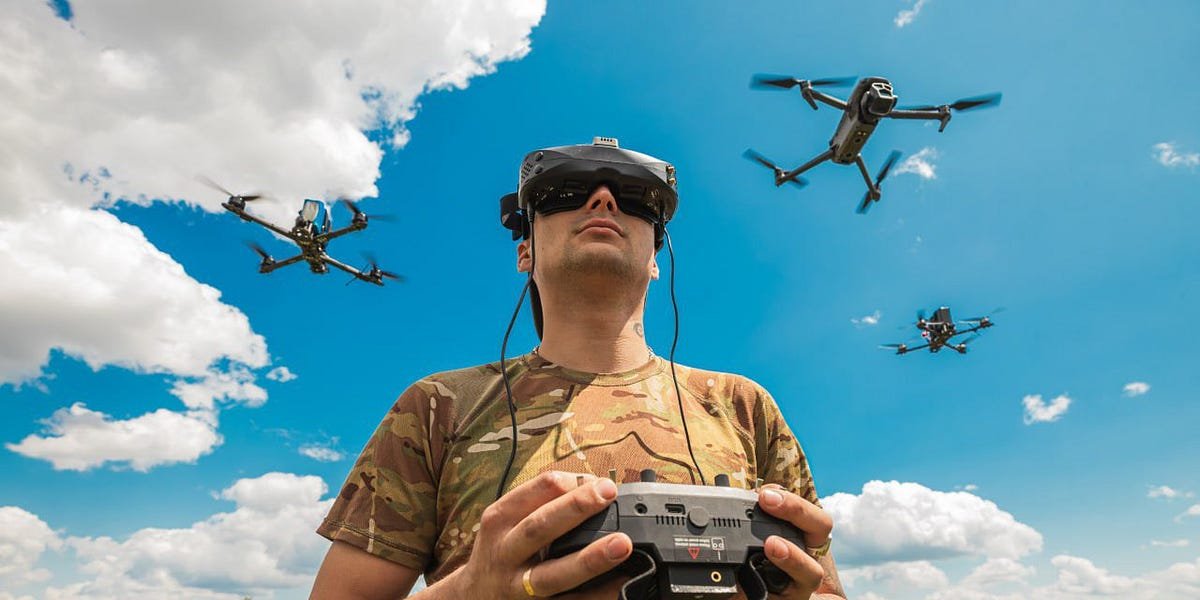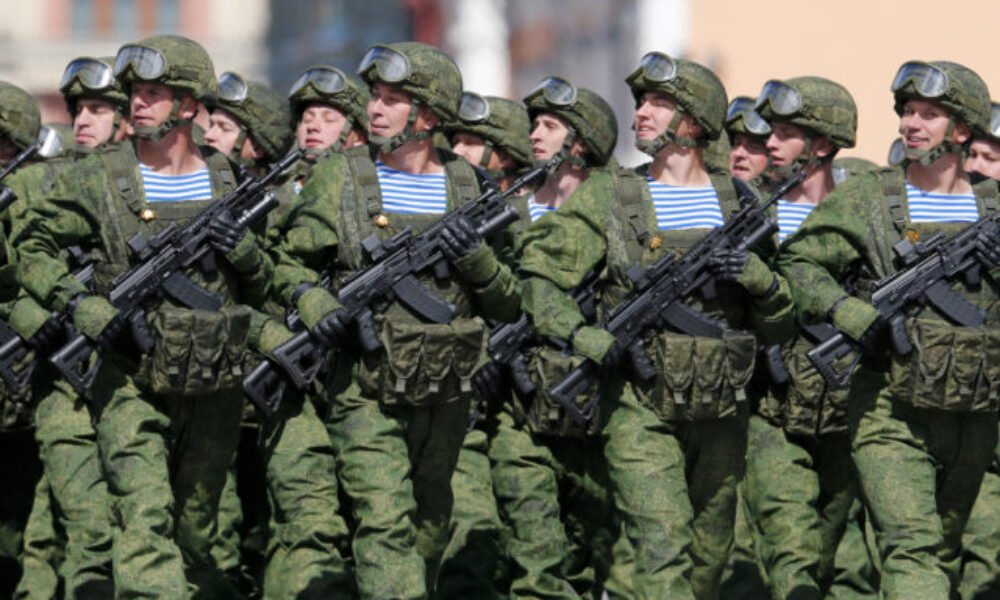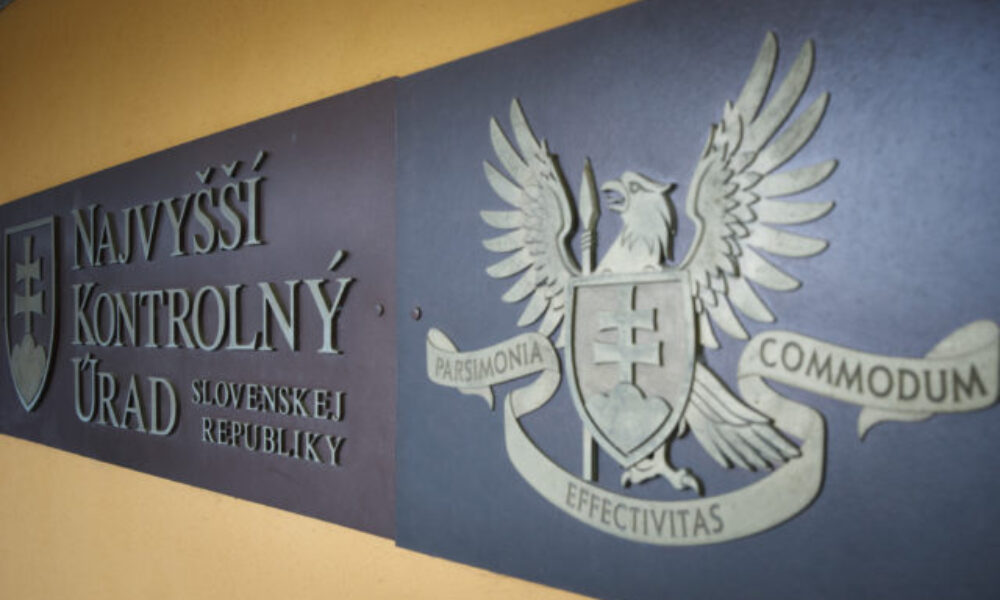
Is this the long-awaited milestone? Ukrainian troops have reportedly employed the first drone swarms on the battlefield. While the most recent operations involved swarms of three to eight drones, the developer Swarmer is working on larger coordinated groups of up to 25, with the potential to scale to 100. The development of drone swarms in Ukraine was announced in February, but it now seems that we are beginning to see the results.
In this edition:
-
Is Ukraine Leading Drone Swarm Warfare?
-
Game Changer: How Will Opening Drone Exports Affect Ukrainian UAV Manufacturers? (summary of the report)
-
Drones Instead of Sappers: The Mission of Remote Mining
-
10+ other developments in drone warfare in Ukraine and Russia
Thank you for reading and supporting my work!
Is Ukraine Leading Drone Swarm Warfare?
A recent Ukrainian operation employed three drones equipped with swarm software to strike a Russian position at night, the wall street Journal reported. The technology, developed by the Ukrainian company Swarmer, enables groups of drones to coordinate strikes autonomously, adjusting roles if one drone becomes inoperable or loses power.
According to CEO Serhii Kupriienko, operators “set the target and the drones do the rest. They work together, they adapt.” The system was first deployed approximately a year ago for mine-laying and has since been applied against Russian personnel, equipment, and infrastructure.
The extent to which Ukraine is using this technology is described differently across defence-specialized outlets. Some authors refer to it as being in the testing phase or cite isolated cases of use, while others describe it as being in “regular use.”
According to the WSJ report, a Ukrainian military officer stated that his unit has used Swarmer’s technology in over 100 operations. While his unit typically employs three drones, other units have operated swarms of up to eight. The software has also been tested with as many as 25 drones. A common configuration involves one reconnaissance UAV and two strike UAVs targeting a Russian trench.
The officer noted that swarm software reduces personnel requirements. A standard mission requires three people — a planner, an operator, and a navigator — compared with nine without the technology.
Swarmer has announced plans to conduct further testing with swarms of more than 100 drones.
This February, Ukraine’s Minister of Digital Transformation Fedorov, announced the development of “drone swarms” technology. He said that the system is expected to become operational this year. According to officials, at that time, several teams were already in the final stage of training.
However, the main challenge is to train different types of drones, which vary in their technical and tactical characteristics, to operate within a single system. The process should start with a simpler approach, using drones of the same type. However, the goal is to make them multidomain — capable of recognizing one another, maintaining spatial awareness, and operating jointly.
Swarmer’s technical solution is integrated, in particular, with Delta, the situational awareness system used by Ukraine’s Defence Forces. As of February, the limit for simultaneous connections to the system was 690 individual units. The company can expand this limit if necessary.
According to developers, the technology leaves control and the decision to strike to the human operator. The operator selects the types and number of drones required for the mission. At the same time, the system itself determines how to employ the drones in the most effective way to hit the target.
Strategic advisor Marc C Lange argued in his LinkedIn post that terminal autonomy is a key factor because for the final stretch of strike missions, speed is everything. A human-in-the-loop will dramatically underperform against an automated system. “And while the companies coming out of Ukraine won’t advertise this, make no mistake: that’s been a feature for a long time. The real issue here is not with Ukraine, but rather with NATO’s adversaries. They don’t adhere to NATO’s human-on-the-loop doctrine, and that puts NATO and its allies at a systemic disadvantage, which is exacerbated by the extreme disparity in production capacity for smart, affordable, commercially-sourced mass munitions like drones,” he added. Read Marc’s Substack Tech Wars.
The renowned Swedish institute SIPRI recently published a report, Bias in Military Artificial Intelligence, examining how bias in military AI may affect compliance with international humanitarian law (IHL). To uphold the principle of distinction under IHL, parties to an armed conflict must perform several critical tasks related to target identification—such as distinguishing between civilians and combatants, between active combatants and those who are hors de combat (e.g., those who have surrendered or are wounded), and between military and civilian objects. However, researchers state, when AI is used to identify and potentially engage targets, the presence of bias may undermine the ability of parties to make these vital distinctions. Retaining human control and judgement during an attack is one of the most critical measures for addressing bias and ensuring respect for IHL.
Game Changer: How Will Opening Drone Exports Affect Ukrainian UAV Manufacturers?
Ukrainian research and consulting agency DataDriven published a study titled “Game Changer: How Will Opening Drone Exports Affect Ukrainian UAV Manufacturers?” (available in Ukrainian). The report outlines the advantages of export liberalization, the risks involved, and the additional opportunities it could create for companies. I’ve summarised the key points here.










